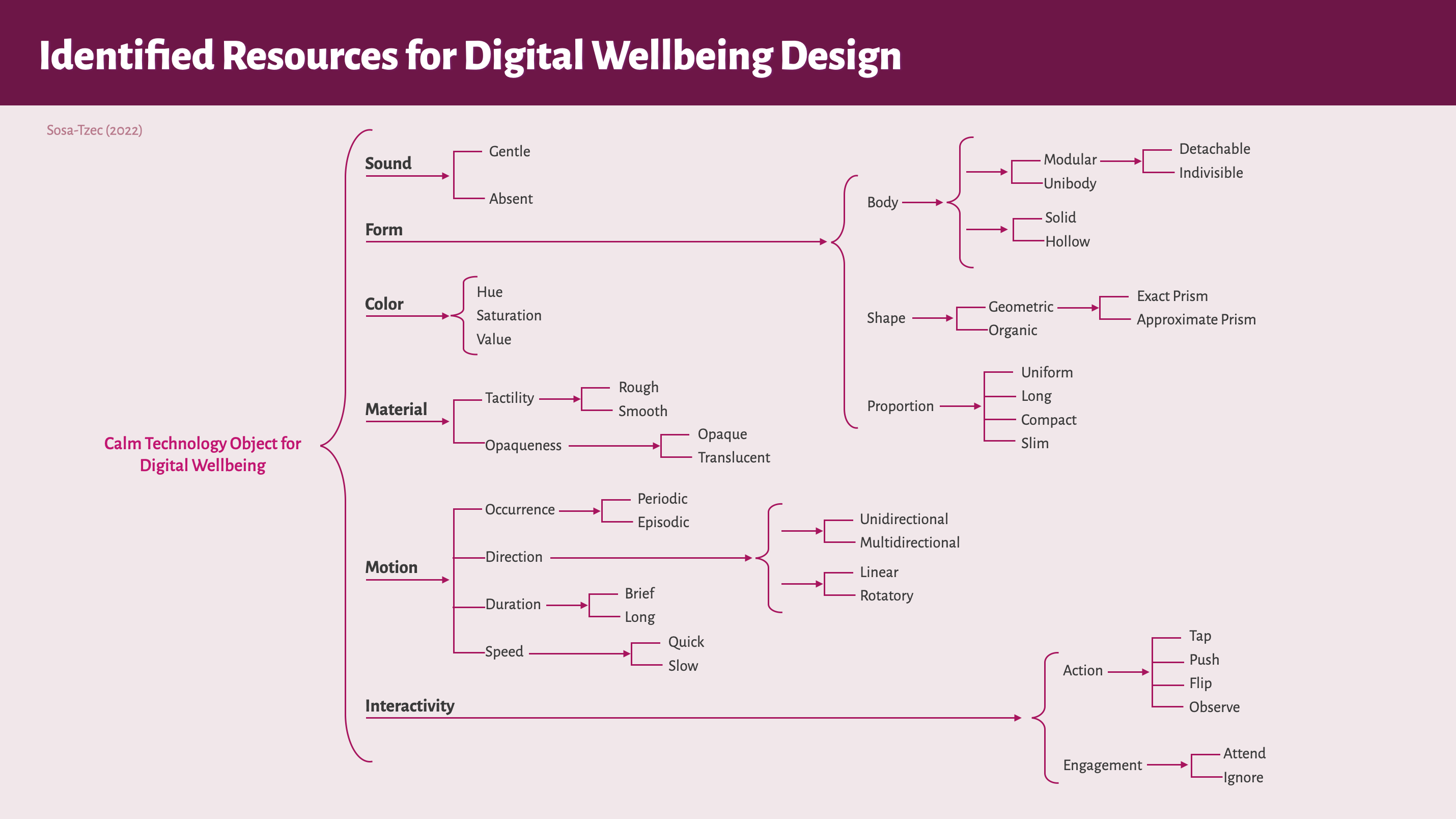Assist. Prof. Sosa-Tzec discussed digital wellbeing design at semiotics conference
The 46th Annual Conference of the Semiotic Society of America took place this October 12–16. Assistant Professor Omar Sosa-Tzec participated in this virtual conference with the paper "Digital Well-being Technology through a Social Semiotic Multimodal Lens: A Case Study," where he applied social semiotics and multimodality to analyze the presentation and design of Little Signals a set of digital well-being objects created by Google.
The interest in digital wellbeing–that is, attaining a balanced relationship with technology–has gained momentum as the detrimental effects of excessive screen time have become evident. Identifying resources designers apply to create effective and delightful digital well-being solutions is a central task in Dr. Sosa-Tzec's research project "Speculative Designs for Digital Well-being," which he initiated this Fall 2022 with the support of the Marcus Early Career Research Award. The paper presented at this semiotics conference results from this task and Sosa-Tzec's efforts to bring semiotics, rhetoric, and aesthetics together as critical and productive frameworks in design–communication design, industrial design, and user experience design.
Abstract
The detrimental effects caused by uncontrolled technology usage and screen time have motivated designers in academia and industry to explore solutions that promote digital well-being. This paper draws on the social semiotic approach to multimodality to examine the semiotic resources applied in designing and presenting one case study concerning such solutions—Little Signals, six artifacts commissioned by Google. An analysis was performed on the project’s website’s content, paying careful attention to an introductory video and artifact gallery. Proximity, distance, focus, and analogy appear as distinctive video storytelling choices. These convey unobtrusiveness, invisibility, ephemerality, intimacy, control, and familiarity. The resources of size, shape, material, color, and motion applied to define the artifacts’ appearance, behavior, and data presentation also help reinforce it. Besides examining the relationship between these meaning potentials, resources, and digital well-being artifacts, this paper also discusses the apparent attempt to give smart-home devices a benign character.
Conference Presentation
Digital Wellbeing Technology through a Social Semiotic Multimodal Lens: A Case Study from Omar Sosa-Tzec
